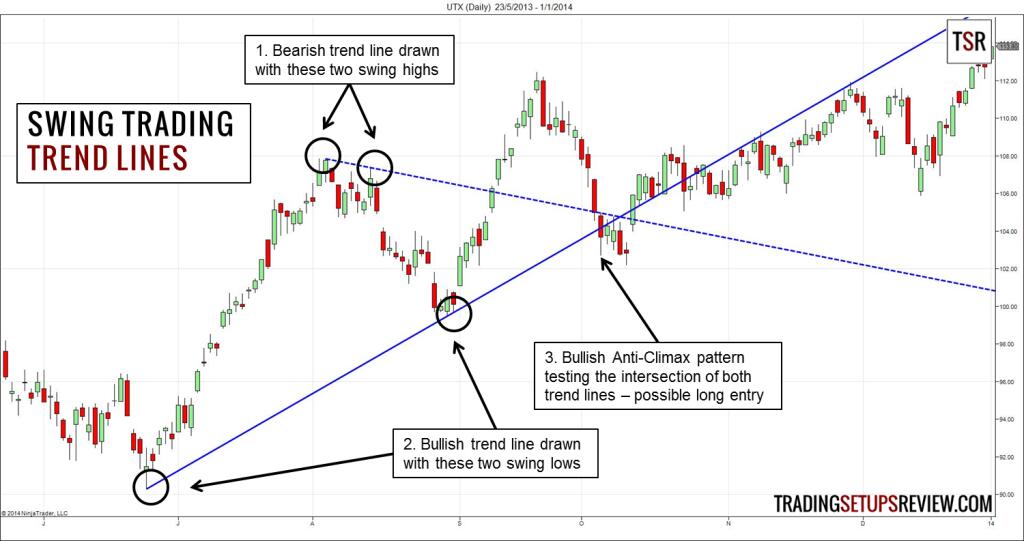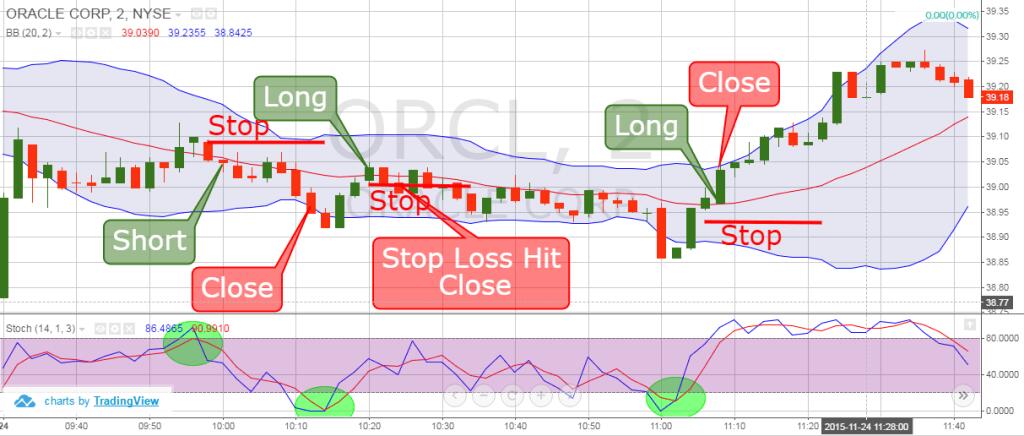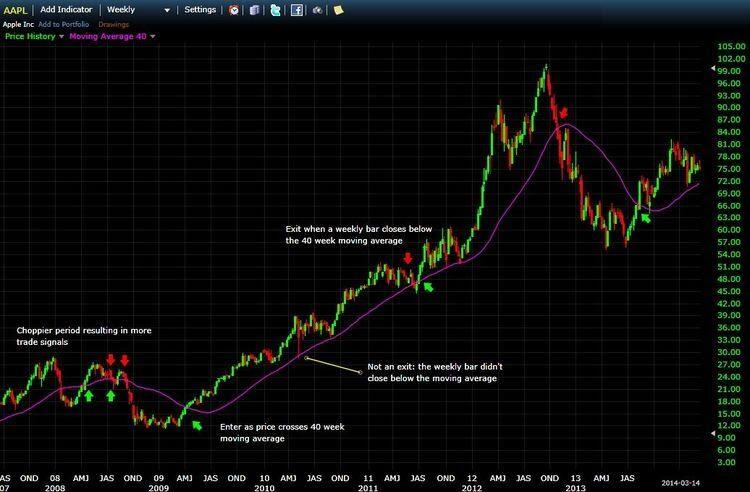Forex trading strategies tutorial for beginners
Many Forex traders make use of one or more forex trading strategies in the market. Usually, it differs with each trader and his or her personal trading style. In all cases, a forex trading strategy is used by every trader to generate profit and employ risk management.
What is Forex Trading Strategy?
A forex trading strategy is a trading technique used to determine trading signals in the price behavior of a currency pair. It is also used to determine market trends and control risk management in trading.
Most forex trading strategies are based on technical analysis and fundamental analysis. These are usually used to identify trading signals that show buying and selling opportunities.
Basics of Forex Trading Strategy
Forex trading strategies have two types: manual and automated. Manual systems require the forex trader to watch the market movement in real-time and look for the trading signals. Meanwhile, automated systems involve developing an algorithm which will analyze trading signals then execute trades.
Creating a Forex Trading Strategy
There are many factors in creating an effective forex trading strategy, such as:
- Selecting the market – learn about the currency pair you trade
- Position sizing – take risk management depending on the size of the position you take
- Entry points – create rules when entering a trade, whether long or short position
- Exit points – create rules when exiting a trade, whether long or short position, especially a losing one
- Trading Tactics – set rules on buying and selling currency pairs, as well as the platform or indicators to use
When it’s better to change forex trading strategy
One forex trading strategy may not be effective to a forex trader all throughout, in which case a switch is necessary. If one trading strategy no longer results to profits, you must consider these factors as you change your trading strategy.
- Match risk management. If the risk to reward ratio is no longer suitable, it might be a time to switch strategies.
- Evolving market conditions. Some trading strategies may be more applicable to a specific market, in which case you have to switch to a more suitable one.
- Comprehension. It’s important that you understand the strategy you use, but in cases where you don’t get its flow, you can switch.
Types of Forex Trading Strategy
- Day Trading – executing trades only within the day, to avoid heavy price fluctuations overnight

- Swing Trading – holding positions for several days in an aim to profit from short-term price movements.

- Scalping – executing quick or short-lived trades, in a way beating the bid/offer spread and skim some profit.

- Position Trading – following long-term market trends by analyzing each day’s end chart to maximize profits from major price changes.

Forex trading strategy example
An example scenario is a forex trader named Rick who uses position trading as his strategy. Since position trading holds trades for weeks, months, or even years, Rick trades on Weekly or Monthly timeframes. He mostly relies on fundamental analysis (GDP, NFP, or Retail Sales) but also makes use of technical analysis, such as the Elliot Wave Theory, to determine his entry and exit points.
Rick analyzes the price movement of the GBP/JPY currency pair and assesses that the market trend is bullish. He doesn’t want to go long, so he waits for the price to reach Support before he takes his position. If Rick is correct with his analysis, he could have entered at the start of a new trend.
Conclusion
As you trade forex, you must learn the basics and use that knowledge to your advantage. Consider your trading goals, availability of time, and the strategy you use. If you get it right, you will find yourself trading successfully.




